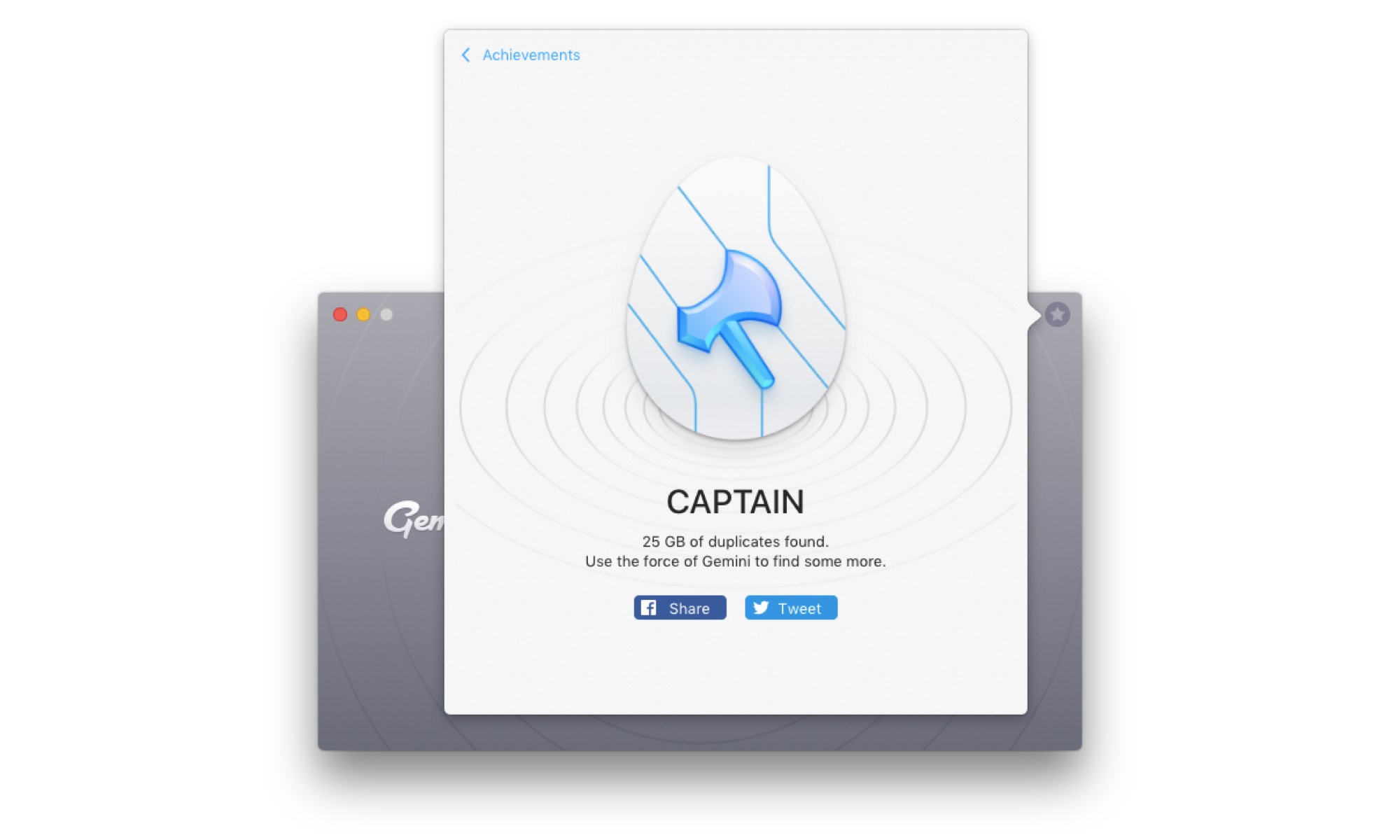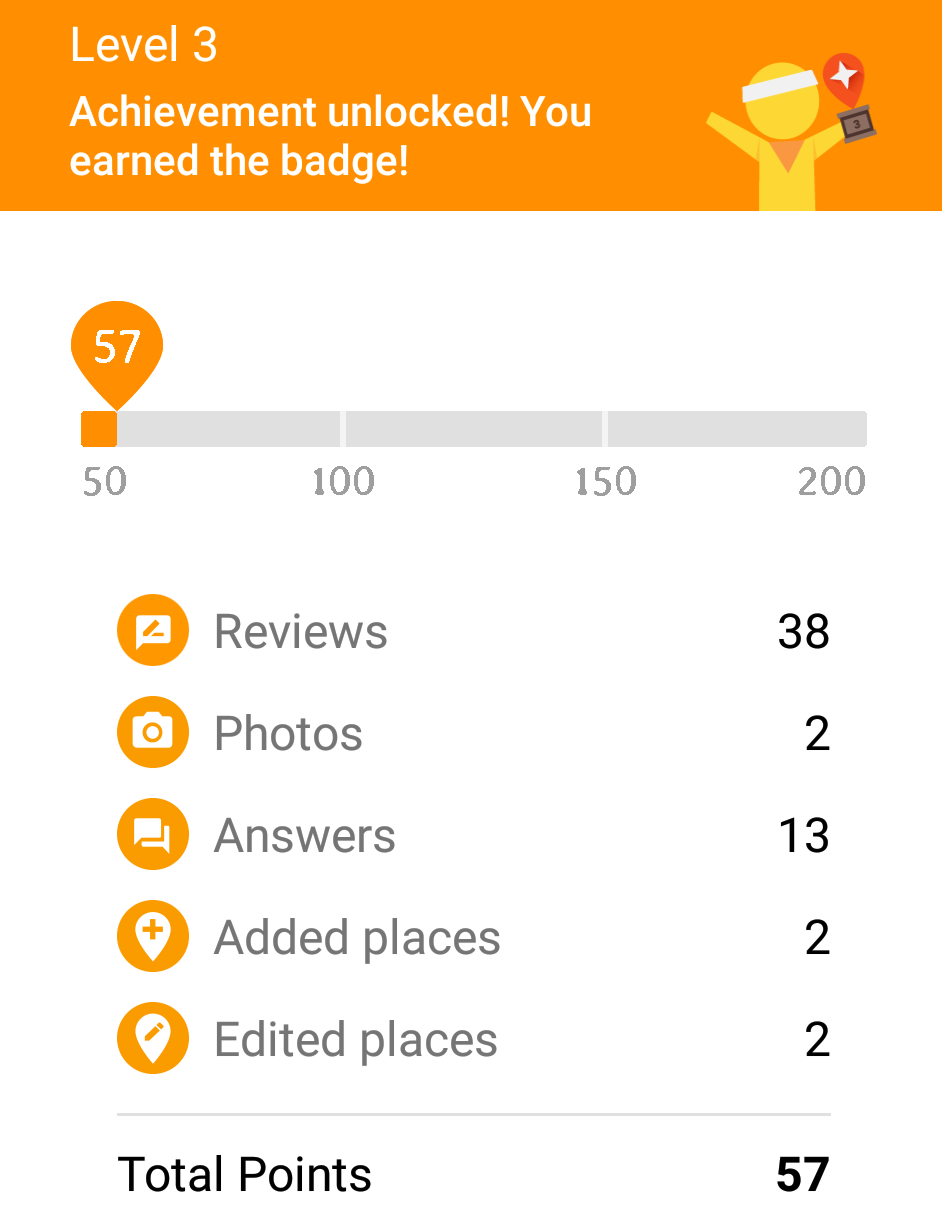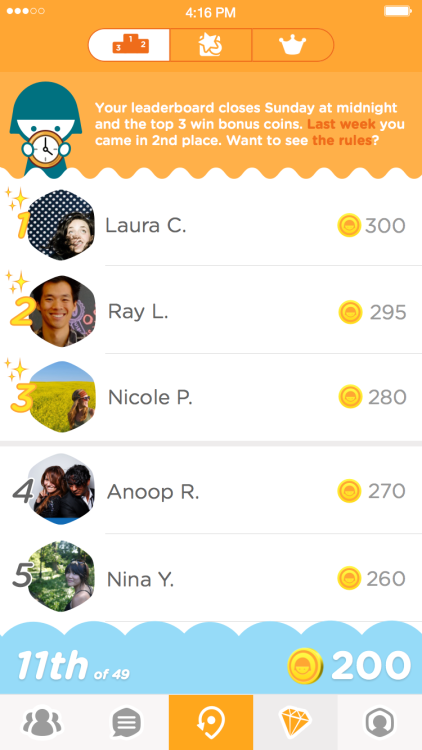WHAT IS GAMIFICATION
Gamification is the technique of implementing elements of game design into non-gaming settings to enhance user engagement with a product. While books and movies are various forms of entertainment, games are more participatory in nature. Games provide the players with the freedom to modify the story line, it makes them feel like they are in control of the process. The primary driver of gaming is the human need to achieve goals. The closer the players are to achieving their goals in the game, the more motivated they are to keep going. In the science of gamification, designers make use of these human characteristics to attract more audience. The idea isn’t to transform products into games, but to learn from an industry with an extremely engaged audience.
Games give us unnecessary obstacles that we volunteer to tackle.
— Jane McGonigal, American designer and author
THE PSYCHOLOGY BEHIND IT
Dopamine is an important chemical messenger in the brain that has various functions. It impacts various aspects of individuals like motivation, behavior, memory, attention, cognition etc. Dopamine is also famously called the brain’s pleasure chemical, and is one of the main components of reward motivated behavior. Our brain is full of cells that control the levels of dopamine in the blood. Every time an individual does something enjoyable, it triggers the release of dopamine in their blood. If this pleasant experience can be repeated and predicted, dopamine gets released even before the event takes place.
Gamification aims at achieving an emotional response from the user of a product. By adding fun features such as achievements, leaderboards, hidden bonuses, countdowns and ranks, designers tap into the human need for rewards, challenges and competitiveness. Giving the user some kind of rewards for doing a task that they might otherwise not do is a way of keeping them engaged and ensuring that they return.
Game theories use a subset of psychological drivers that determine how the reward based system functions in humans. Likewise, gamification triggers emotions linked to positive user experience. It is a part of the product design process that acknowledges the user’s inner drives and uses them to increase the user’s receptiveness to the product’s benefit. Good gamification balances the desires of the users and the needs of the application designers.
THE PRODUCTS THAT HAVE IMPLEMENTED IT
Various applications have employed the concept of gamification in their design. Gemini 2 is a duplicate file finder for Mac. It goes through the files on your computer and makes a list of the duplicates. Finally, it lets the users review the list of duplicates and then get rid of them. Initially when the product came out, several users complained about the boring task of just sitting around as the software reviewed gigabytes of data on their computers. Some users even mentioned that they quit even before they were done. So in the new version of the software, the designers tried to implement the idea of achievement system to intensify the feeling of having completed a task on a to-do list. They designed the new version having a space theme since their audience, they noted, grew up with sci-fi elements like Star Wars and Star Trek. Within days of releasing the revamped version, the developers started receiving tweets from users asking for clues on easter egg that would help them unlock an achievement in the software.
Source : https://www.smashingmagazine.com/2018/04/designing-emotional-interfaces-boring-apps/
Similarly, Duolingo is a language learning app that draws ideas from the theory of game design. It is changing the way people learn languages. Instead of providings chunks of information, the strategy of the app is to provide various highly visual, bite-sized lessons that can be completed quickly. Every time you complete a quick lesson, you earn 10 points. On completing a 30-day streak, you get an achievement star and so on. For each milestone you complete during the learning process in the app, you receive rewards in the form of triumphant sounds and colorful graphics that trigger the release of dopamine. Eventually, you start getting a feeling of accomplishment every time you finish lessons on Duolingo, which in turn makes you want to come back to it again.
HOW TO IMPLEMENT IT IN YOUR DESIGN
There are several ways to introduce gamification when designing digital products. It can be done by implementing game mechanics that are commonly used in the design process to enhance user experience. They are as follows –
1. Challenges
Challenges are a great way to keep the users engrossed. Humans are hardwired to constantly take up new challenges and overcome them. Tapping into this common human instinct helps designers make more engaging apps. As mentioned earlier, Duolingo has a great strategic setup that presents users with frequent challenges in their journey of learning a new language. It taps into the natural competitive instinct of humans. The app tracks the users’ learning statistics and measures their progress towards achieving their goals. It compels the users go beat their own record each new time.
2. Rewards
Rewards are exceptional drivers of motivation as they offer a sense of motivation. They can be used to ensure the users continue returning to the application. Google’s Local Guides program for Google Maps follows a similar strategy. The program lets users rate and review places that they visit and share their experiences for other people to view. It has a system in which the “local guides” can contribute to the program and win points and rewards in return. The rewards that the users get are – free months of Google Play Music All Access, discounts on movie rentals from Google Play, early access to Google products, so on and so forth, depending on their expertise.
3. Leaderboards
Competition makes challenges even more interesting for people. The list of users ranked in order of who has earned more points/rewards can increase users’ enthusiasm. Swarm by Foursquare rewards users with coins for checking in at various places. They have a leaderboard system that shows the users their friend network and the counts of their earned coins. This motivates users to mindfully check into Swarm every time they visit a new place, hence increasing their engagement with the app.
Source : https://www.idownloadblog.com
4. Journeys
This concept aims at making the process of interaction with a product easy and understandable. The users should feel as though they are starting a personal journey of product usage. One way to implement it is to disclose product features progressively as the users interact with the app more and more. By providing the information pertaining to users’ interaction journey with the application, we inspire them to continue. Memrise implements this mechanics by providing the users with a journey map of their interaction with the app. Additionally, the app also throws user prompts as the user navigates through the app.
THINGS TO BE MINDFUL OF
When implementing gamification in your products, it is important to ensure a few things. Knowing the users and understanding their motivations is the key to getting gamification right. It is important to choose the appropriate gamification mechanics as per the requirements of the product and its audience. The design must also afford measuring user engagement via various methods. Setting objectives is essential to ensure that the gamification of an app serves a valuable purpose. A great reward at the end of the user’s interaction experience with the product is surely a driving factor for user engagement. But, providing small rewards on attaining various milestones go a long way in increasing the users’ motivation. Additionally, it is essential to maintain a level of simplicity when designing gamified experiences so that the users don’t get confused and stop using the app altogether. The designers must learn to strike a balance between the fun factor and tone of the subject matter. They must aim at enhancing engagement without forcing the users to interact with the gamified elements of the product.
Source : https://www.interaction-design.org/literature/topics/gamification
Gamification is a complicated design strategy the needs to be implemented with care. It is a tool to serve the product content in a more intuitive manner. However, it only enhances the user experience of the product and cannot create it. Good user experience is created by logical structure, good writing and aesthetics. A successful implementation of the concept would be when the product design covers both aspects – increasing engagement and the original purpose of the design.
REFERENCES
https://www.smashingmagazine.com/2018/04/designing-emotional-interfaces-boring-apps/
https://www.interaction-design.org/literature/topics/gamification
https://uxplanet.org/gamification-in-ux-increasing-user-engagement-6437cbf702aa









